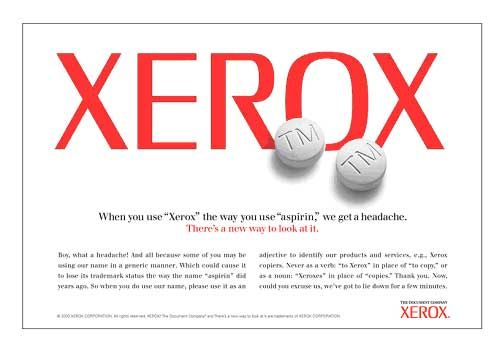Tiffany Setting – A Generic Term?
Tiffany & Co. has sued Costco over the latter’s alleged use of the term TIFFANY to describe diamond rings. Costco responded by asking the court to rule that the term “Tiffany Setting” is a generic term, and therefore cannot be claimed as a trademark for jewelry by Tiffany or anyone else.
Tiffany’s press release at the time that the lawsuit was filed contained the following claims:
In November, 2012, a customer alerted Tiffany to the sale of what was promoted on in-store signs as “Tiffany” diamond engagement rings at a Costco store in Huntington Beach, California. Tiffany immediately launched an investigation, and later learned that for many years, and without Tiffany’s knowledge, Costco had apparently been selling different styles of rings that it has falsely identified on in-store signage as “Tiffany.” The rings are not in fact Tiffany rings, nor are they manufactured by, approved by, licensed by, or otherwise in any way properly associated with Tiffany. In this way, Costco led its members to believe they were purchasing authentic Tiffany products at significant discounts, when in fact, that was simply not true.
Tiffany stated that Costco used the “Tiffany” name as follows: “platinum Tiffany .70 cts. VS2 round” and “Tiffany VS2 1 ct. round.”
Costco’s response centered on the allegation that “The word Tiffany is a generic term for ring settings comprising multiple slender prongs extending upward from a base to hold a single gemstone.”
I’ve written about “generic term” versus “trademark” controversies before. For example, here’s a recent blog post about a duel between two restaurants over the term “Ale House.” Since I’m hardly a jewelry expert, I turned to Wikipedia, which offers the following definition: “A Tiffany mount or Tiffany setting is a set of prongs (called a claw, crown, or coronet) that hold a gemstone and attach it to a plain band ring. It is a common setting for a diamond solitaire engagement ring. It is named after Tiffany & Co., which popularized it.” Costco’s filing included books and advertisements showing the common use of the term “Tiffany setting” for products that don’t come directly from Tiffany & Co.
This is an interesting one from a trademark perspective. Let’s assume that people have, indeed, been using the terms “Tiffany mount” and “Tiffany setting” for years to refer to jewelry settings that may not have anything to do with Tiffany & Co. itself. Does that lead us to the conclusion that Costco is correct, and that these are generic terms rather than trademarks? Not necessarily. After all, Xerox and Kleenex have been able to retain trademark protection for decades in the face of near-constant use as generic terms. This is because those companies have spent a great deal of time, energy, and (perhaps most importantly) energy reminding consumers that they are the source of branded products. See this Xerox ad for an example:

So it looks like the key question here will be whether or not Tiffany & Co. has been as vigilant about policing the use of their famous name. If not, Costco might have a strong claim here. How will it all turn out? If you see the parties suddenly settle the case, and the terms of the settlement are confidential, you can assume that Tiffany doesn’t have much evidence that they have been on top of this issue, and they’re concerned that if the case goes forward, they might not only lose on their initial claim, but could ultimately face ruling that their mark is generic for ring settings.
Either way, it’ll be interesting to see if others in the jewelry industry follow suit. Even if the case settles, I could see another jewelry maker asking a court to rule that the term is generic, although they would then potentially run the risk of owing damages to Tiffany if they have been using the term thus far.
Moral: whether you are a small brand or a huge name, be diligent about protecting your trademark rights. Tiffany’s name may have lost a bit of its color and clarity due to a lax attitude towards other users.
Hat tip to my old buddy Jason Wilensky for sending me this story.

